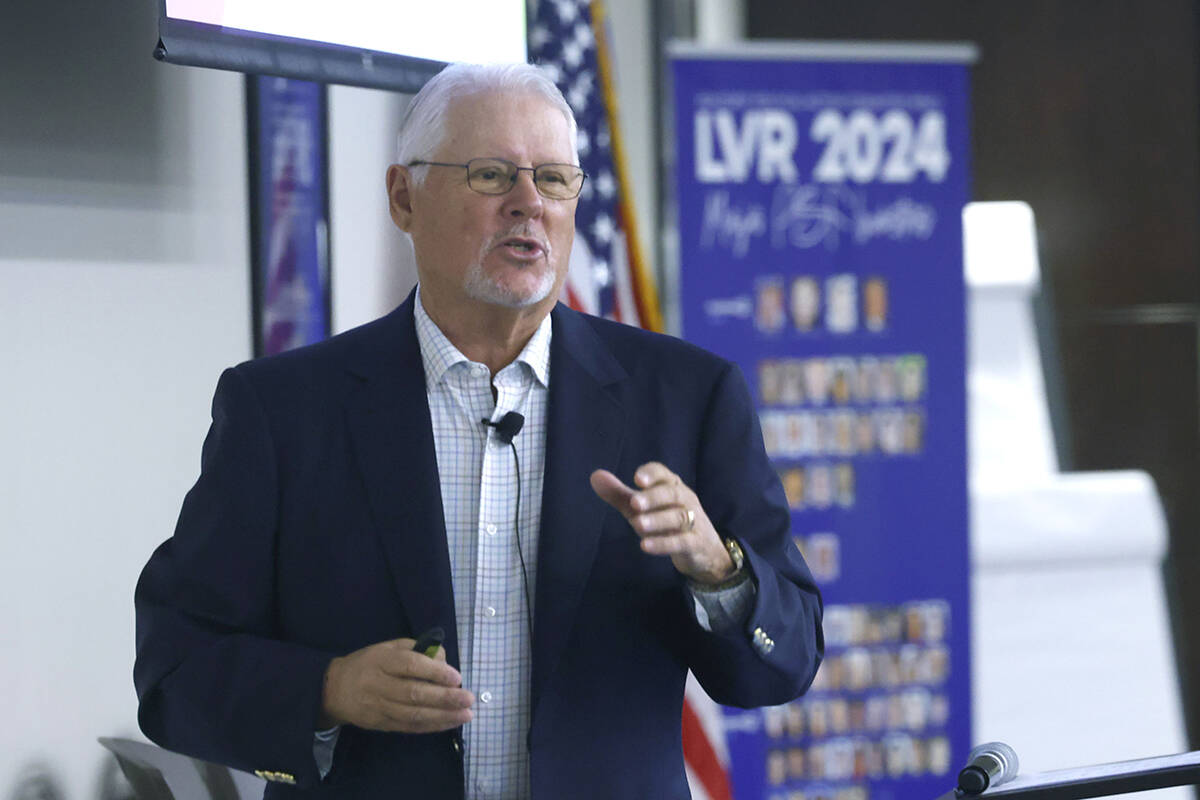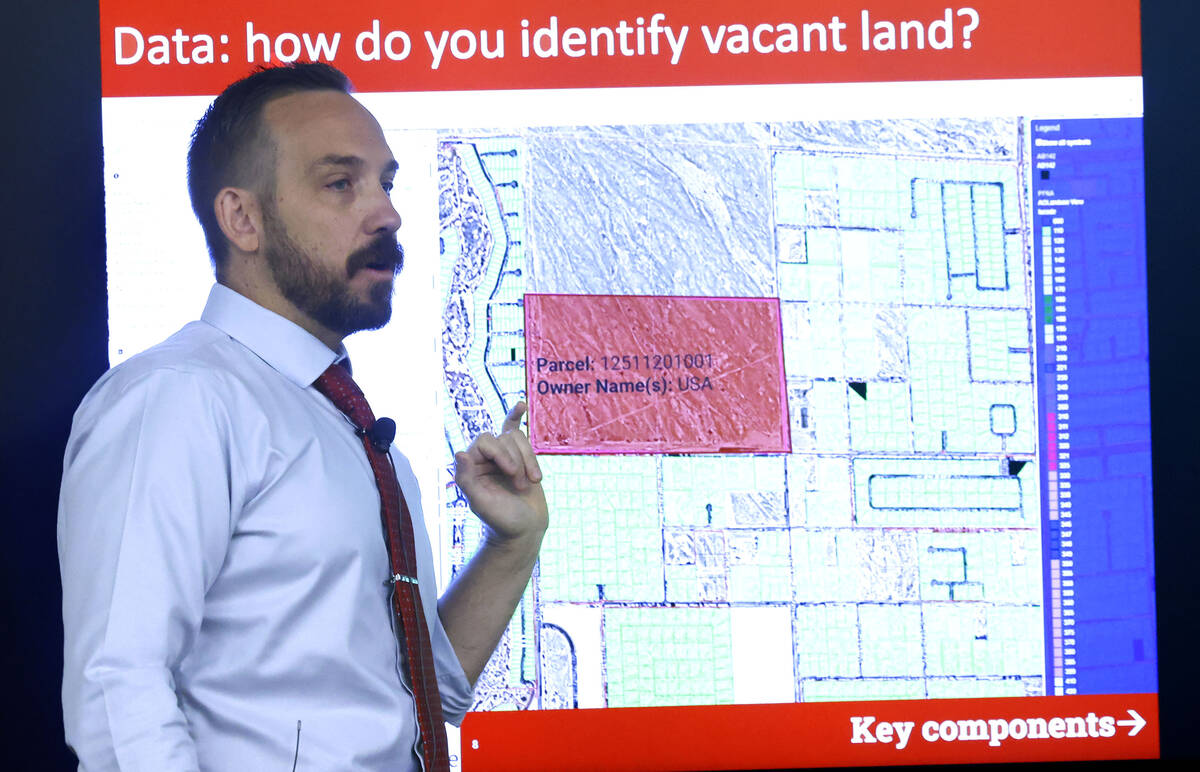Feds control more land in Nevada now than they did nearly 30 years ago, experts say
The federal government has increased its control of land in Nevada since the passage of a law in 1998 that was specifically designed to direct the Bureau of Land Management to offload acreage to the private sector, said a consultant who formerly worked for the BLM.
Congress passed the Southern Nevada Public Lands Management Act in 1998 with the goal of offloading public land within a disposal boundary that is roughly Clark County’s jurisdiction, explained Mike Ford, who worked for the BLM for 25 years and co-founded Abbey, Stubbs & Ford, a public lands consulting firm, during a Thursday panel at the Commercial Alliance’s 18th Annual Educational Symposium.
He said the act has not lived up to expectations as federal ownership of land in the state has actually gone in the opposite direction.
“In Southern Nevada this problem has always been acute for us because we have no state land,” Ford said. “And since 1998 when we’ve been on an enhanced land disposal program, the state of Nevada has more land in federal ownership today than they did in 1998.”
The Bureau of Land management controls approximately 90 percent of the land within the Las Vegas Valley and has been slow to release it over the decades while holding sparse auctions at prices the private sector say are too high.
Prime land that could be developed
Shawn McCoy, the director of UNLV’s Lied Center for Real Estate, said he’s crunched the numbers when he was an independent consultant and found that Clark County has approximately 90,052 acres of land under 12 percent slope and within 5 miles of a road that could be potentially developed for commercial or residential projects which includes BLM parcels located within the Southern Nevada Public Lands Management Act’s disposal boundary as well as municipally owned parcels.
McCoy said an imbalance between cost of living, jobs and housing for Southern Nevada residents could be further inflamed as Southern Nevada’s population is expected to grow by approximately 388,000 people over the next decade.
“How do we go from vacant to developable? And, more importantly, what does land mean for the quality of life, and I think that is a 30,000-foot question that merits some thought,” he said. “What does vacant land mean for the quality of life, if land is constrained, land costs will be higher. When land costs are high, our multifamily developers will not be able to make housing pencil in low-income areas and so rents may be systematically elevated.
Las Vegas’ real estate industry is hurting. Home prices in Southern Nevada are just below record highs, however there has been a marked slowdown in sales the past few years after a boom during the pandemic when interest rates bottomed out.
Mortgage rates remain elevated
While interest rates have come down from a recent high watermark set back in 2023, mortgage rates have remained elevated, locking many potential homesellers into their properties as they don’t want to give up the low rate they got during the pandemic. Construction and labor costs, along with uncertainty around tariffs have also dampened new homebuilding.
Commercial real estate has also stalled across Southern Nevada as industrial vacancies hit a decades-long high while the pipeline for multifamily projects — which directly impacts the housing market via the area’s rental stock — has dried up after a financing and building boom took place during the pandemic.
On top of all of this is a marked slowdown in 2025 in visitation numbers which has significantly impacted the region’s powerful tourism, casino and gaming sectors as major employers are shedding jobs due to the slowdown.
Former Henderson Mayor and Clark County Commissioner James Gibson said during the panel that the BLM controlling most of the land has become the region’s perennial issue as it impacts both real estate and the economic viability of the region. He said working with the employees of the Southern Nevada District Office of the BLM is crucial and that federal legislation — which has been tried and failed numerous times on both sides of the political aisle — is also important in solving the land issue for the region.
“When it comes to development and growth and competition, infrastructure, that sort of thing, this is really the biggest question and the biggest topic we face.”
Contact Patrick Blennerhassett at pblennerhassett@reviewjournal.com.




















